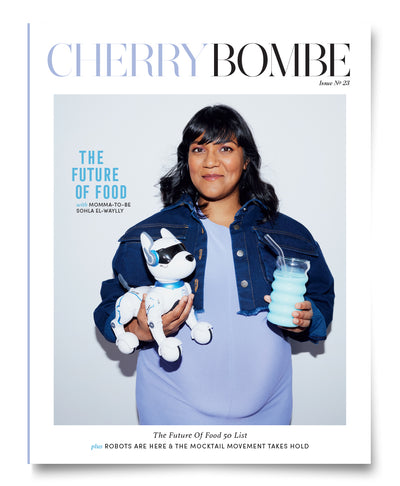Arlyn Osborne’s Ube Cheese Pandesal
I wrote about pandesal for The Washington Post a few years back. It was my first recipe to be published in print, a classic take on the Philippines’ most beloved crumb-dusted bread roll. It’s a bakery staple, a standard breakfast item, and a go-to choice for afternoon merienda, or snack. Pandesal translates to “salt bread” in Spanish but it doesn’t taste salty. Instead, it’s the ideal canvas for smearing with myriad spreads and plunging into steaming cups of warm beverages. It’s as ubiquitous as bagels in New York or baguettes in France. It’s iconic. A national treasure.
Late 2019 saw the dawn of a new era for pandesal. The introduction of captivating colors and unconventional flavors were designed by the creative minds of many sheltering in place. Flavored pandesal didn’t dethrone the original, but it didn’t wither away either. Many bakeries, in the Philippines and Stateside, continue to offer a rainbow of options.
If this new generation has a classic pandesal to crown, it’s ube cheese, a regal display of amethyst and gold. Each purple pillow is soft and springy, oozing with melty cheese and creamy ube halaya (purple yam jam). Philippine desserts are no stranger to the company of cheese. Here, its velvety saltiness balances the sweet, vanilla flavor of the nation’s most loved tuber. Graham cracker crumbs are scattered over top, adding a toasty crunch and the gentle taste of honey.
What I love about this dish is that it reminds us how food can tell the story of history, and not just our personal ones. It’s a marker for critical events, like the pandemic in this case. And how, in the bleakest times, you can find comfort and community in making something familiar, something new.
Photo by Linda Xiao






